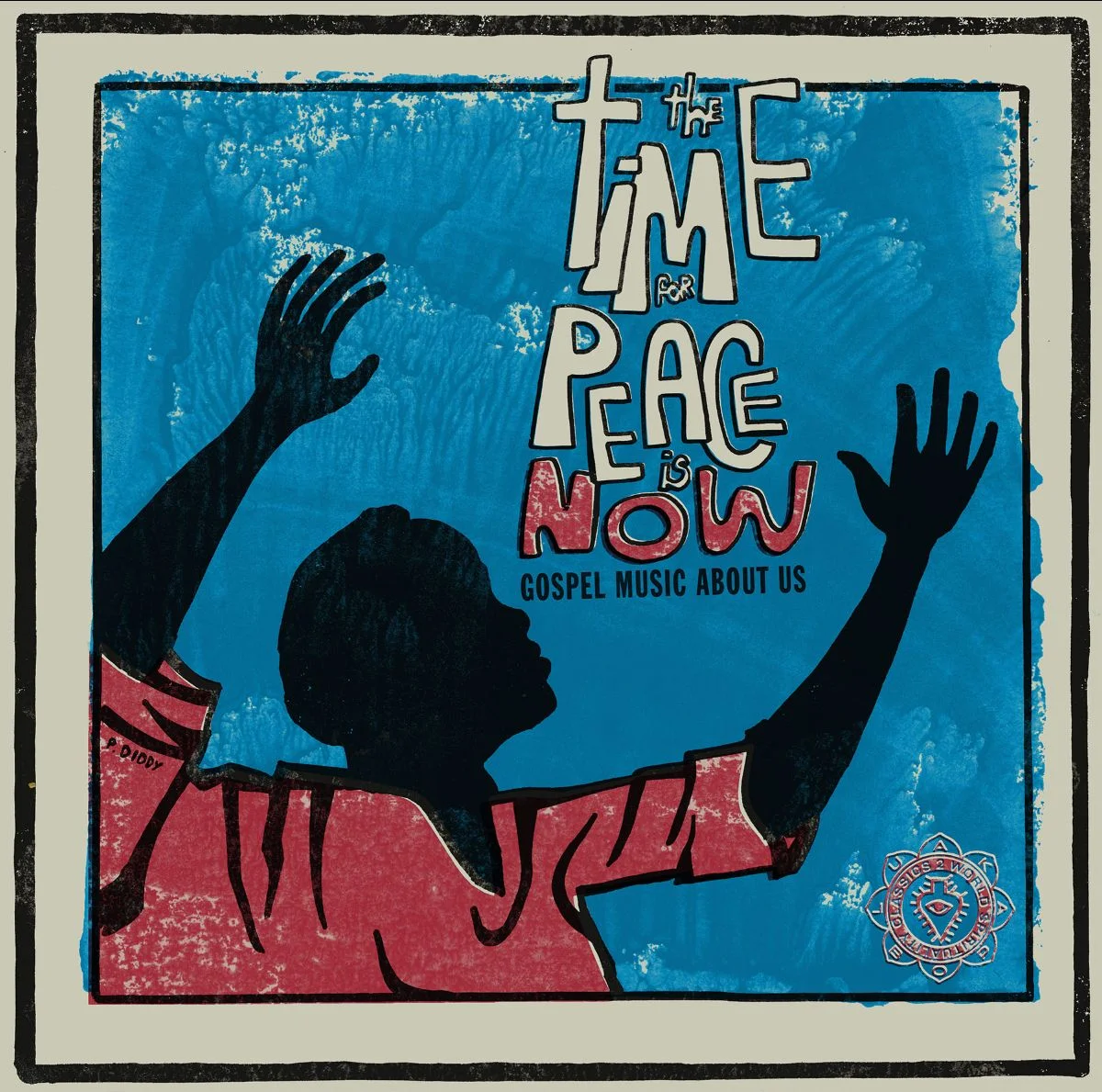Various Artists - World Spirituality Classics 2: The Time for Peace Is Now: Gospel Music About Us (Luaka Bop)
Add Date: 10/8/2019
Focus Tracks: 4, 8, 1, & 3
FCC: Clean
Formats: NACC Top 200, Non-Comm AAA, AMA, Soul
Artist Info: These undeniably soulful, passionate, and urgent songs from obscure 45’s, dug up from a long dormancy in attics, sheds and crates across the American south, are a subset of seventies-era gospel, focusing not on Jesus or God, but instead on ourselves, and how we exist with each other.
Compiled by Greg Belson
______
"The Gospel bands heard on The Time For Peace Is Now were comprised of musicians who played both church and secular music. The church borrowed—or rather commandeered—the guitar, bass, drums, and other instruments used to backup Motown, Stax, and other popular labels—to give power to the songs they supported. Musicians who sang at ‘the club’ on Saturday night were often leading solos or singing in the choir on Sunday mornings. Saturday night and Sunday morning music began to interweave, which was especially felt when the church choirs sang Gospel. It was Gospel’s influence that made Aretha Franklin, Sam Cooke, and many others the voice of the 1960s and 1970s. Gospel was the soul of America.
This album is reflective of the dichotomy of the sacred and the secular. The music here is in some sense the same as the music of the club. “Keep Your Faith to the Sky” could have you singing “Keep Your Head to the Sky” by Earth, Wind and Fire. Listening to “It’s Hard To Live In This Old World” and “That’s A Sign of the Times” imbues the pessimistic/realistic sense of what was happening. Like many Blues songs, the problem must first be named before it can be solved. At the end of The Time For Peace Is Now, hope is still present. The problem is named in the beginning and a possible solution is presented...
This is the Gospel that is accessible to the ‘ain’ts’ and the ‘saints’. The themes here embrace the realities of life as well as hope for the future."
- Taken from Pastor Keith L. Whitney's essay that accompanies the album
